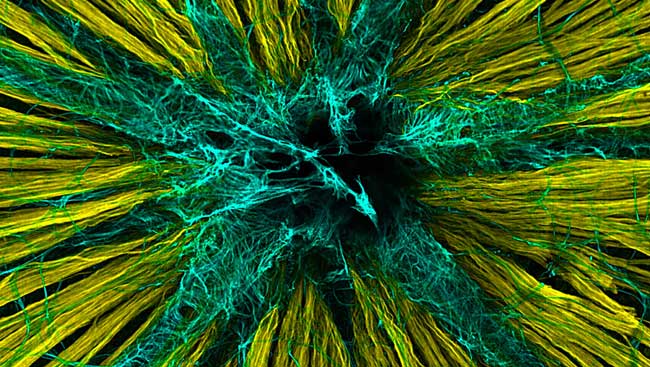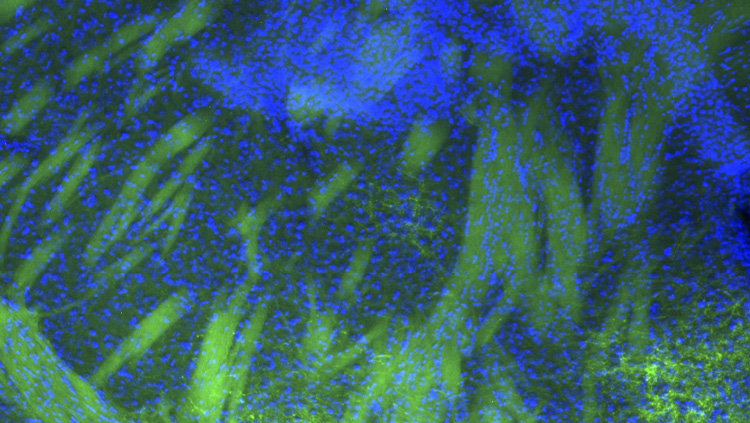Ways to Improve Scientific Rigor While Working Remotely
- Featured in:
- Rigor and Reproducibility

This resource was featured in the NeuroJobs Career Center. Visit today to search the world’s largest source of neuroscience opportunities.
The closure of the majority of neuroscience research laboratories at universities across the world has had a major impact on all aspects of the academic research mission. Many of you likely (and understandably) are anxious about the career development of trainees and junior faculty at your institution and progress on projects, to name only a few concerns.
We, too, have concerns about the impact of the shutdown — or what may be better termed a “slow-down” — but we also foresee positive opportunities to shift the way we conduct science to focus more on rigor. In light of the anxiety that changes to our work environment have caused, it is particularly important to identify and highlight some of these advantages. We outline them below.
Electronic Data Collection and Management
When laboratories reopen, many scientists will realize that opportunities for remote data analysis will continue. This trend will emphasize the importance of electronic data, which can improve accuracy, interpretation, data sharing, and meta-analyses.
Barriers based on what has been routine in the past will be overcome by necessity, accelerating the move to electronic platforms. The move to electronic data storage will boost transparency and potentially enhance the ability of others to replicate studies.
In addition, as PIs with many other job responsibilities, we often have been left to report on data after trainees have moved on to the next step in their career and no longer have time to write up the manuscripts. Now that trainees themselves are working with their data files strictly remotely, the rigor of data record-keeping and file management may improve, leading to greater productivity and moving the field toward more rigorous data management.
Updated Methods of Data Analysis
Another impact on scientific rigor we’ve encountered is that trainees now have time to invest in exploring and testing more rigorous, unbiased methods of analysis.
Under the pressure of time while conducting experiments, it is easier to default to methods already implemented in the laboratory, but some of these may not meet current standards and recommendations for rigorous analysis. The fact that many of these methods are not available outside of the lab has catalyzed the adoption of rigorous, unbiased methods that have been developed in recent years.
Now is the perfect time to implement these methods. It’s also a good time to refresh ones about rigor in every aspect of the research process, minimizing bias, and platforms for open data sharing.
Improved Approaches for Future Research
Another notable impact of the slow-down may be that trainees will strengthen plans for future research by basing proposals on informed rationales and improved approaches. Even though current research productivity may be hindered or reduced, the growth of trainees toward independent careers may in fact be enhanced.
Consider all of the additional time we may have to focus on tasks that normally, we’d squeeze in between experimentation and data collection. Trainees now have time to expand their scientific knowledge by conducting extensive literature searches and reading the primary literature as well as the latest reviews.
Another way to spend this time is by attending virtual conferences and other events. SfN has responded by offering on-demand webinars, lightning talks, and more, while other organizations have produced webinars on new techniques and tools that may inspire approaches for future research.
By seeking information about current standards of scientific rigor and empowering themselves to further enhance rigor and transparency of research, trainees more than ever will have a major role to play in leading those efforts.
An Opportunity to Enhance Rigor Overall
When finally we are able to relaunch our laboratory research, there very likely will be a temporary new normal involving requirements for physical distancing, working in shifts to minimize occupancy, and/or working alone rather than as a group. Transitioning back to life in the lab will take time, and scientists at all levels must recognize and manage negative feelings resulting from the perceived need to “catch up.”
This transition will be a time to maintain and even enhance standards of scientific rigor and transparency. If we do it right — remembering fundamentals of random assignment, pre-determination of “n” for robust statistics, blinded analyses, data collection using unbiased techniques, and proper statistical analyses — we’ll save ourselves the time it would take to correct mistakes.
Until then, developing knowledge about data collection and management, rigorous research methods, and scientific rigor as a whole has the benefit of making everyone a better and more effective scientist.










